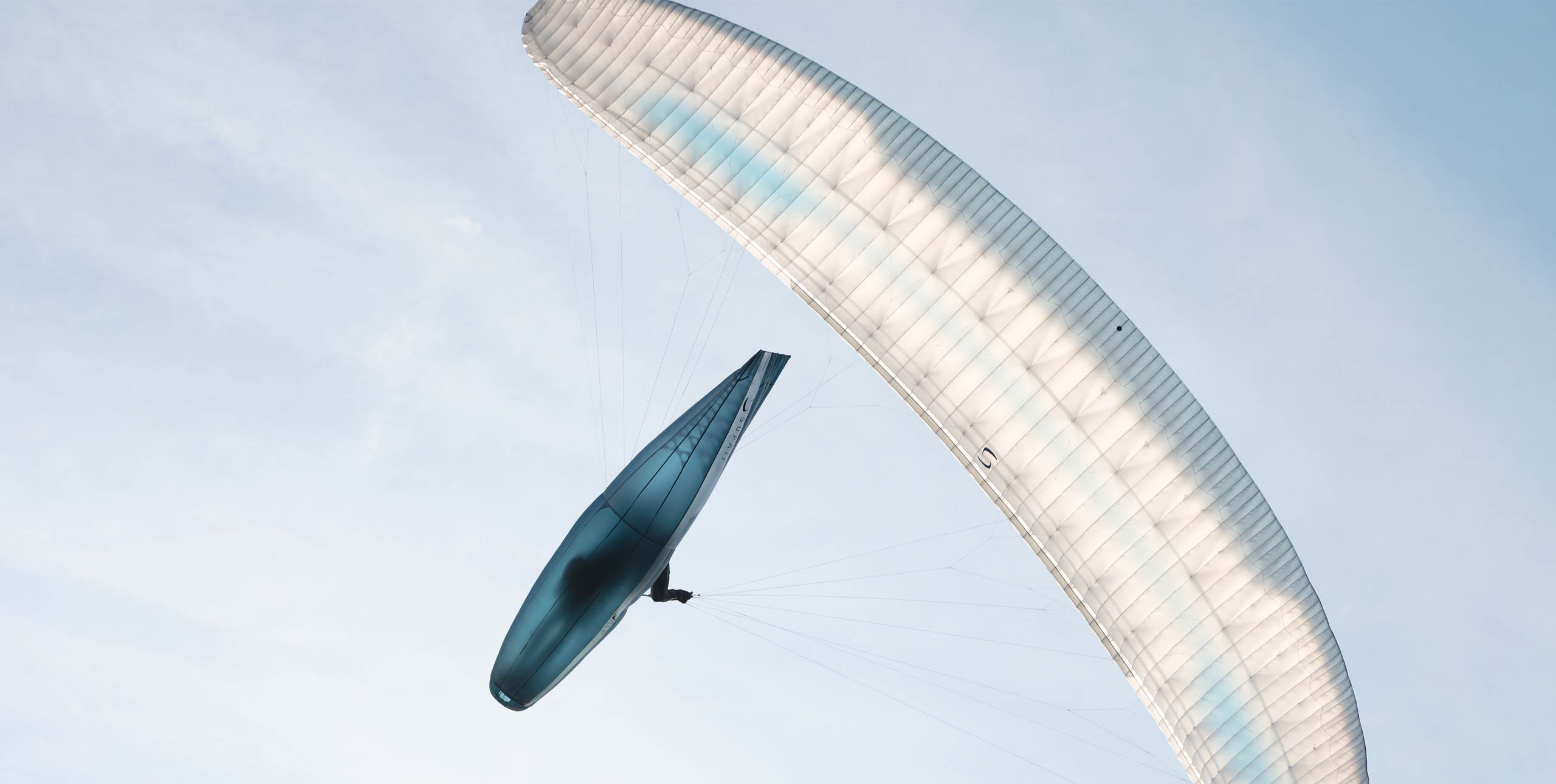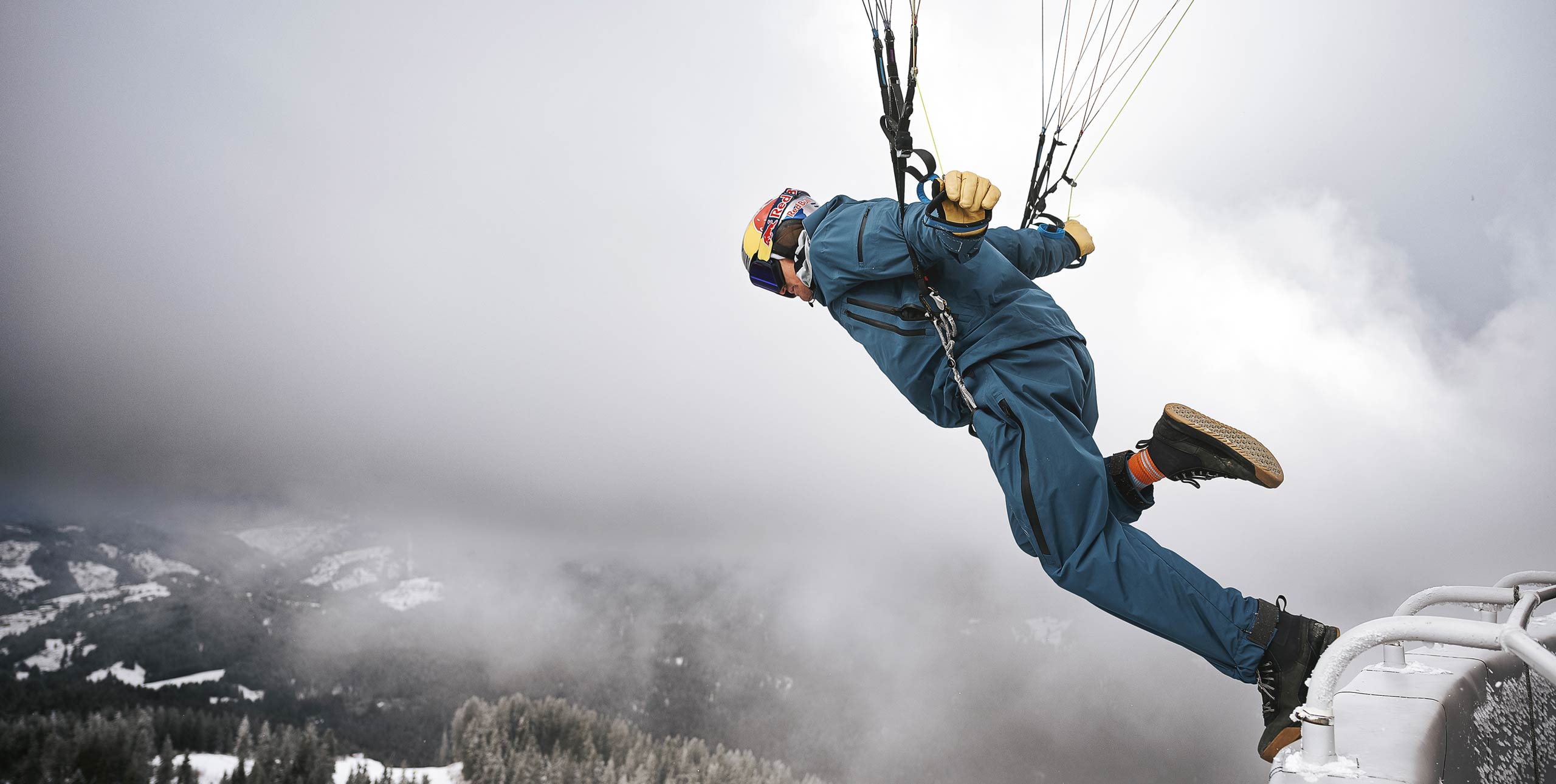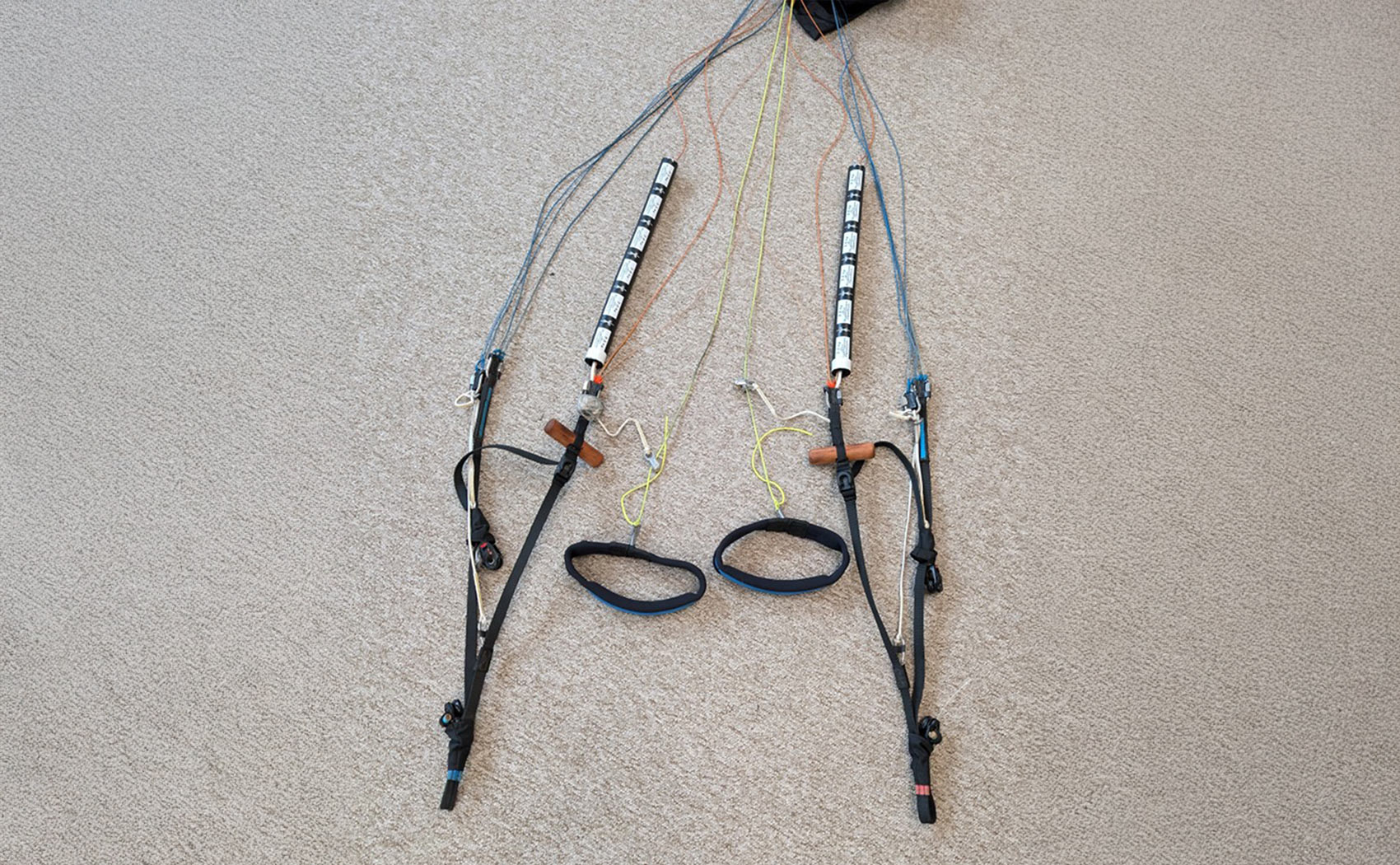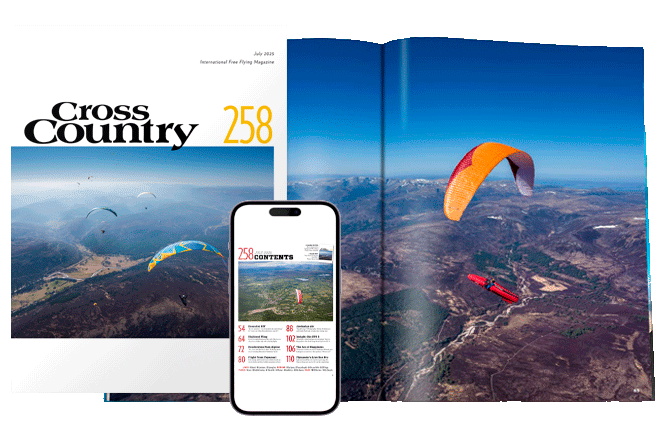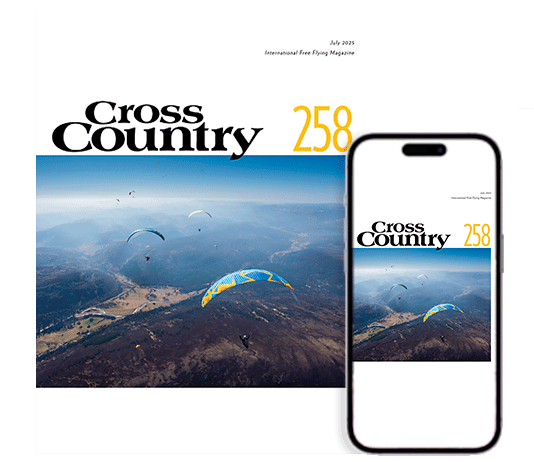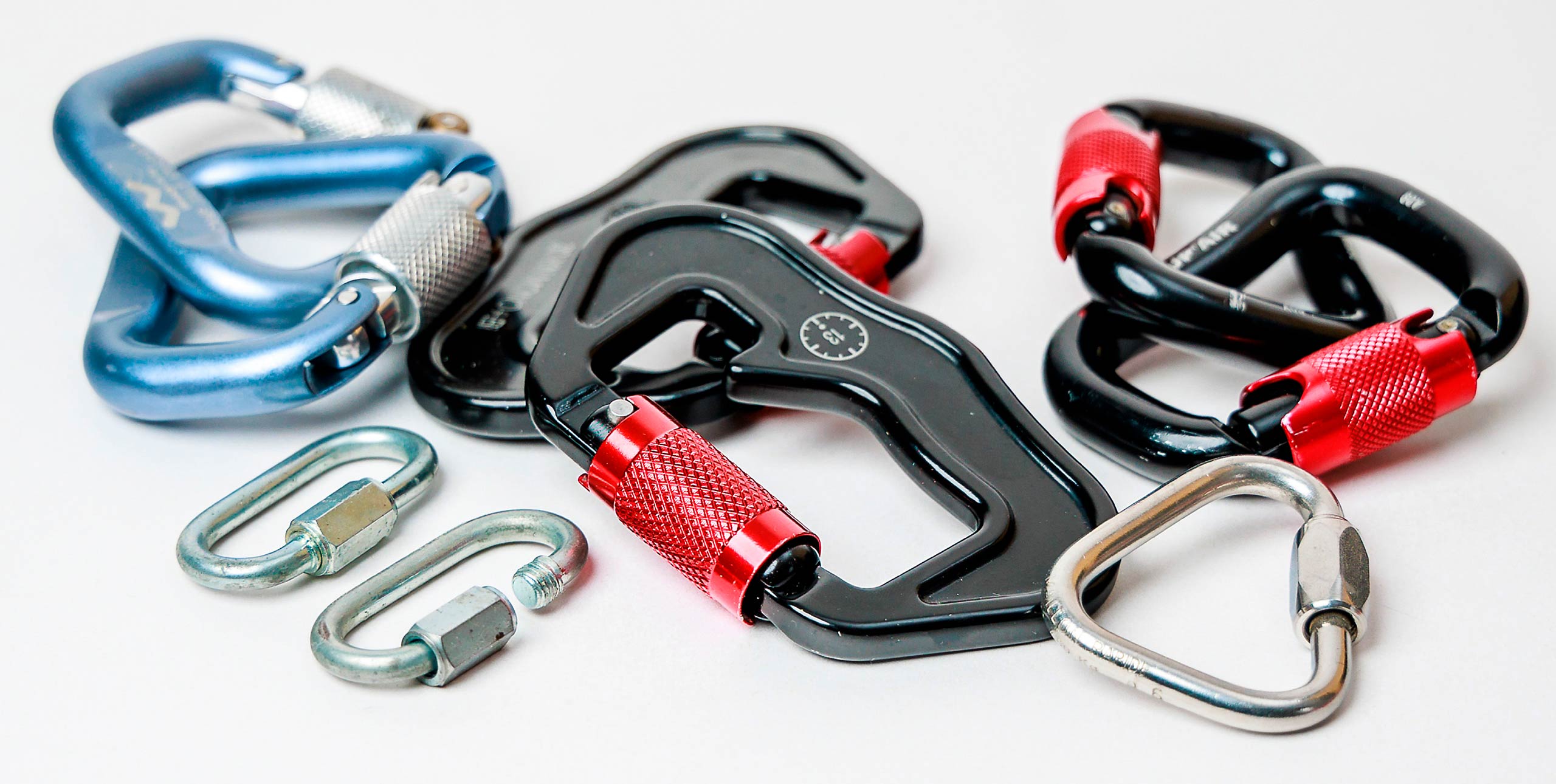
Making the right connection: Explainer
Bastienne Wentzel explains more about paragliding karabiner studies and what the results can tell us
6 December, 2024, by Bastienne WentzelIn Cross Country 254 Bastienne Wentzel wrote about paragliding karabiners and connectors. She mentioned some of the studies that have been done, and the limited results from them. She explains a bit more about them here:
A metal fatigue test was done by the University Savoie Mont Blanc in Annecy (France) in 2014 on a Grivel Plume karabiner which is still used on some lightweight harnesses. After 50,000 cycles they observed no traces of cracks. They continued the test and the karabiner failed at 85,750 cycles. The Grivel Plume is currently found on several lightweight harnesses.
Charly-Finsterwalder tested various karabiners in 2020 using the method designed by SincoTec. Some notable results are: a CIC aluminium karabiner failed after 68,000 load cycles. This type of karabiner is still widely used for paragliding harnesses. The Edelrid Foras, the Camp/Woody Valley Skyway and the Charly-Finsterwalder Snaplock didn’t fail up to 5 million cycles.
It should be noted that only limited studies are available. The studies are done with a limited number of karabiners so that it is unclear if the results are reproducible and not all types and brands have been tested.
From these results we can not conclude that all karabiners from a certain type will or will not break after the measured number of cycles. What the results do indicate is that karabiners can fail after a limited number of flying hours and that this failure will not announce itself by visible damage up front.
Here are some links to the few studies that have been done.
Finsterwalder & Charly white paper
SincoTec fatigue measurement protocol 2006 (includes DHV measurements on oscillation cycles)


